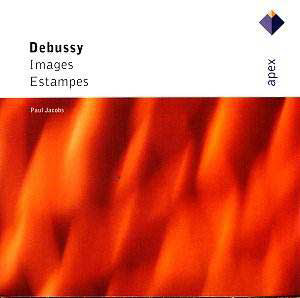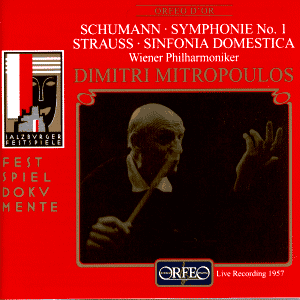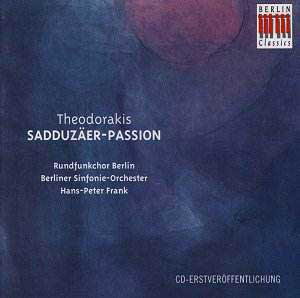 Composer: Claude Debussy
Composer: Claude Debussy
Works: Images (1894), Estampes
Performers: Paul Jacobs (piano)
Recording: 1978, New York
Label: APEX 7559 79674 2
Claude Debussy, a seminal figure in the evolution of Western music, often eludes easy categorization, notably resisting the label of “Impressionism” that many attach to his work. His compositions, particularly those for piano, reveal a meticulous craftsmanship that belies the ethereal qualities often associated with impressionist aesthetics. The present recording showcases two pivotal collections, Images and Estampes, which encapsulate Debussy’s innovative spirit and his exquisite handling of timbre and texture.
Paul Jacobs’ interpretation of these works is a masterclass in subtlety and clarity. His approach to the three pieces of Images, Series I—”Reflets dans l’eau,” “Homage à Rameau,” and “Mouvement”—demonstrates a keen understanding of Debussy’s intricate harmonic language. In “Reflets dans l’eau,” Jacobs captures the delicate interplay of light and shadow inherent in the score. His articulation is both fluid and precise, allowing the cascading motifs to shimmer with a translucent quality. The phrasing is particularly noteworthy; Jacobs deftly shapes the melodic lines, creating a sense of ebb and flow that mirrors the water imagery embodied in the music.
The second series of Images is equally compelling, with Jacobs skillfully navigating the rhythmic complexities of “Et la lune descend sur le temple qui fut.” Here, the pianist’s attention to the rhythmic figures enhances the structural integrity of the piece, highlighting how these elements contribute to the overall narrative. The use of rubato is judicious, lending an organic, spontaneous feel to the performance without sacrificing the underlying pulse that drives the music forward.
Jacobs’ interpretation of Estampes reveals his adeptness at evoking distinct atmospheres. The contrasting styles of “La Soirée dans Grenade” and “Jardins sous la pluie” are presented with an engaging vividness. In the former, Jacobs embraces the Spanish rhythms with a spirited flair, while in the latter, the playful, cascading lines evoke a gentle pastoral scene, each phrase articulated with clarity and grace. The nuances in dynamics and articulation throughout these pieces demonstrate Jacobs’ deep engagement with the score, allowing the listener to appreciate the myriad details that Debussy so carefully crafted.
Despite the excellence of Jacobs’ performance, the recording quality does present some limitations. While the sound is generally satisfactory, it occasionally leans towards dryness, lacking the atmospheric warmth that more contemporary recordings offer. This is particularly evident in the quieter passages, where the delicate sonorities of Debussy’s piano writing might benefit from a more immersive acoustic environment. However, this reissue remains a valuable addition to the catalogue, especially at its budget price.
This recording of Debussy’s Images and Estampes by Paul Jacobs stands out for its interpretation, offering a blend of meticulous attention to detail and overall musical coherence. Jacobs’ performances breathe life into these works, revealing the depth and intricacies of Debussy’s musical language. While the engineering may not match the best available today, the artistry displayed is undeniably compelling, making it a worthwhile exploration for both aficionados and newcomers to Debussy’s piano repertoire.



